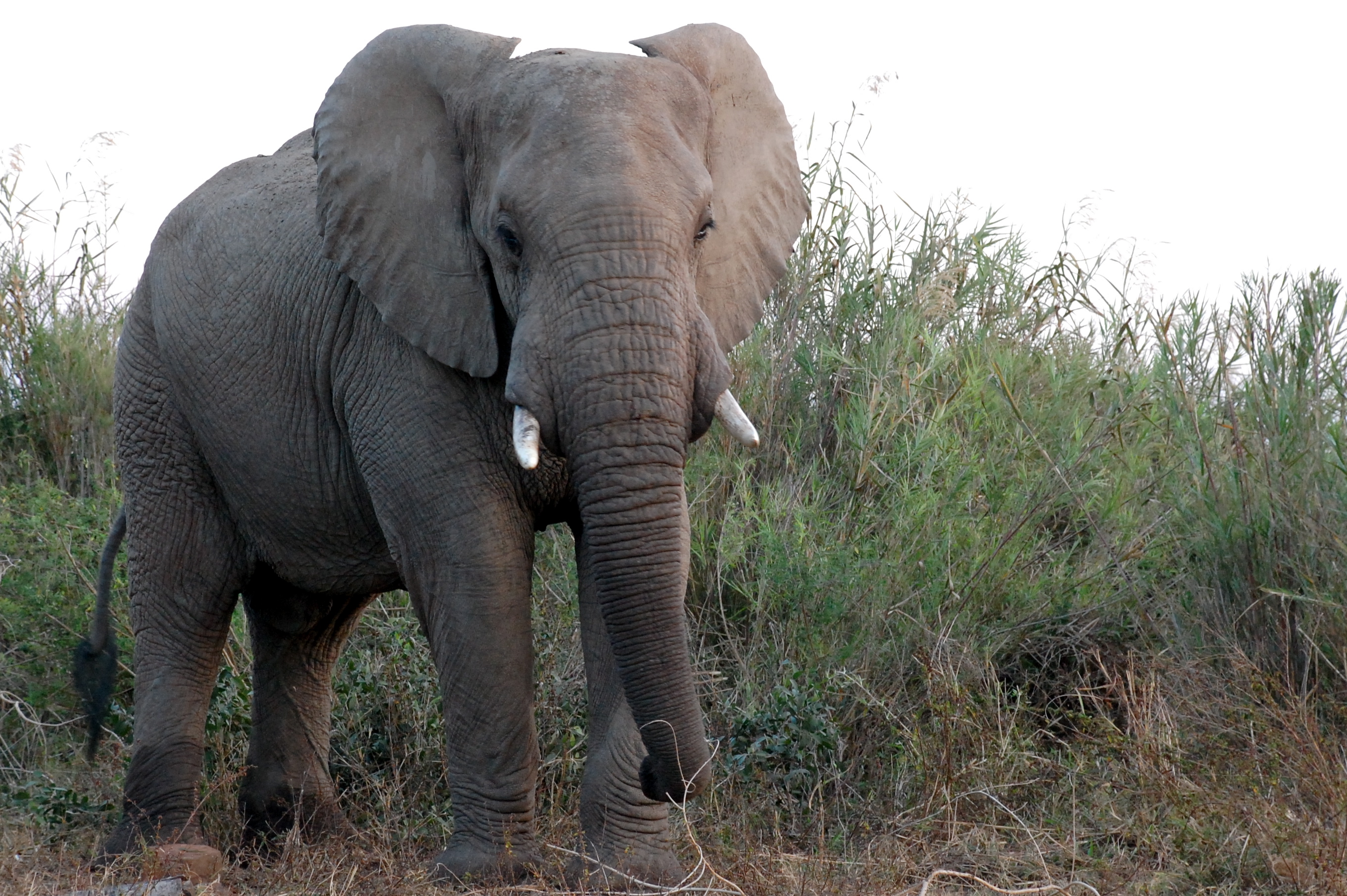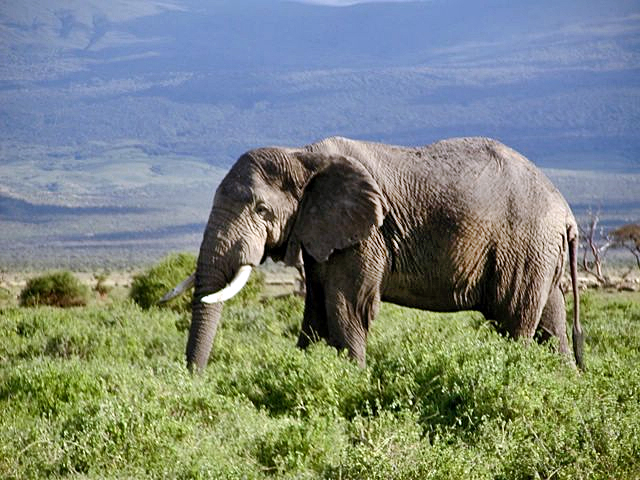Hi everyone! As usual, let's
start off with some updates before diving (or should I say,
“hopping”) into my topic of the week.
Days Till
It is: 25 days till St. Patrick's Day
In the Spotlight
This week, another production photo has been shown to the public from the set of the upcoming movie Jurassic World! Since Universal hasn't revealed what the set is for, and since it isn't anywhere near finished with construction, we can only guess what this set will become. Personally, I think it's an animal paddock. What do you think?
 |
| What is this set for in Jurassic World? |
Topic of the Week
by Christian Ryan
Spring is finally around the corner, and that's a likely time to find
an animal loved (and hated) by millions – members of the Leporidae
family, otherwise known simply as rabbits. There are around 40-60
species of these fluffy, hopping mammals all over the world. They are
found on almost every continent and live in a variety of different
habitats. You can't help but wonder who couldn't possibly love these
animals . . . yet some folks do.
 |
| It's actually quite obvious why rabbits are loved by just about everyone . . . they're so CUTE!!! |
As mentioned in the previous paragraph, rabbits can be found on every
continent, except for Antarctica. As with other creatures of the
land, it says in the Bible that God created rabbits on the sixth day
of the creation week, just before He created mankind (Gen. 1:24-25). We
all know what rabbits look like, but what exactly are they? Despite
their similar appearance and large buckteeth at the front of the
mouth, rabbits are not rodents (they used to be classified as rodents
until 1912). One key difference that separates rabbits from rodents
is that rabbits have two sets of incisor teeth, one behind of the
other. Speaking of what a rabbit is and what it isn't, did you know
that hares are also not rabbits.
 |
| Did you know that rabbits were once classified as rodents? |
There are many different kinds of rabbits, but they all share similar
features and body designs. They can grow anywhere between eight to
twenty inches in length and weigh 0.4-2 kilograms. These mammals
aren't very large at all! The characteristic ears of a rabbit can
grow four inches long! Their size makes them perfect for hearing
what's going on around them. Have you ever wondered why rabbits have
eyes on the sides of their heads, rather than pointing forwards as in
humans? Well, this is because they need to have all-around vision to
spot predators from afar. We humans have eyes at the front of our
heads because we need to be able to judge distance (think of what
might happen if we had eyes on the sides of our heads while
driving!), something rabbits have no need for.
 |
| A rabbit's eyes are on the sides of its head so that it can see in almost all directions at once. |
Rabbits are herbivorous and will eat just about any plant-based food
they can find, including grass forbs, and leafy weeds. A problem many
animals have as herbivores is that though plentiful, plants in
general are very hard to digest due to the amount of cellulose their
food contains (and that also means the nutrients the animals need is
harder to digest as well). Some creatures deal with this by having a
strong digestive system, others, like cows, chew the cud – they eat
their food, swallow it, then regurgitate it later to chew and
re-swallow. Other animals, such as rabbits, have another solution –
instead of chewing the cud, they wait until they've defecated and . .
. yes, they eat their own feces! This behavior is known in many
animals, from monkeys to elephants, and is called “coprophagy”.
This way, the rabbit gets to re-digest its food and therefore gets to
extract the nutrients it needs. So what happens after the rabbit eats
its droppings? That's why rabbits have two types of dung – one,
which they re-eat, and another type which has already been re-eaten
and is simply left to disintegrate.
 |
| Because they aren't often found in the wild, carrots aren't normally consumed by rabbits. But if you offer a rabbit one, you can bet it will chomp it down in a heartbeat! |
Rabbits can be found in just about any habitat on earth, but more
than half of the population of rabbits is found in North America. One
of the most common rabbit species found in both North and South
America is the cottontail rabbit, and this species has many different
subspecies that dwell in various habitats. Some of which include the
Desert cottontail, Swamp rabbit, Marsh rabbit, Venezuelan lowland
rabbit and the most famous of them all, the Eastern cottontail.
Another well-known rabbit species is the European or common rabbit.
Despite its name, it has been reintroduced to many locations on the
planet, from the Americas to Australia.
 |
| Rabbits can be found in just about any habitat on earth, from the hot ones like where this Desert Cottontail is . . . |
 |
| . . . to the cold ones. |
You can't really talk about rabbits without including the topic of
their reproduction! As we all can testify, rabbits breed like . . .
well, as the saying goes, “like rabbits”. In fact, when 24
European rabbits were first released into Australia in 1859, their
numbers zoomed up to over 600 million in less than a century! After a
male rabbit (called a buck), has mated with a female rabbit (called a
doe), the doe will have a gestation period of around 31 days –
sometimes as few as 29 days or as high as 35 days. Another reason
they breed so fast is because they have so many young at one time:
litter sizes generally vary from just two to 12 baby rabbits. Since
male rabbits are called bucks and female rabbits are called does
(that's “doe” with an “s”, not “duz”), the baby rabbits
are called fawns, right? WRONG! They're actually called kits or
kittens! Go figure! After the doe has kittens in her burrow, the
young are born bare and blind. Within four weeks, they're finished
with suckling milk from their mother and can have kittens of their
own at three to four months of age! One doe rabbit can have up to
around 40 kittens per year and can be continuously for up to eight
months. No wonder they breed fast!
 |
| Baby rabbits are called "kittens"! |
Rabbits and humans have a long history going back at least 3,000
years and we've loved and hated them ever since. To many, the rabbit
is considered a pest, and with good reason! In 1859, 24 European
rabbits were released into the wilds of Australia. This was a BIG
mistake! Pretty soon, their numbers rose into the hundreds of
millions and they ate so much food, that they began to out-compete
native animals like the biliby, also known as the Macrotis
(which are making a comeback thanks to government protection).
Initially, people tried placing rabbit-proof fences to keep the
rabbits from invading more and more of Australia. This was a good way
to keep the rabbits from hopping to new areas, but since the
rabbits could dig, the fences were useless. In the 1950's, we finally
found a way to keep the Australian rabbit number down with the use of
a virus called Myxomatosis cuniiculi, but most rabbits today
have grown immune to that and so they're now using the rabbit
haemorrhagic disease virus, which has been declared as a safe way to
keep the numbers of those Australian-invading rabbits down. This is a
good thing for the biliby!
 |
| If not for conservation, bilibies might have been pushed into extinction by rabbits. |
Despite the fact that many people view them as pests, rabbits are
still loved by many as pets and, more bizarrely food. It's often
prepared in many of the same ways chicken is; it might be interesting
to know that chef Mark Bittman declares that rabbits taste like chicken.
So there you have it: you've probably learned many new facts about
rabbits in this article. Now that we know rabbits better, get
“hopping” outside this spring to see what species of rabbits live
near you!
PS 1: To post a comment
(this is highly encouraged), please simply click the post you wish to
comment on, scroll to the bottom of the page and put what you wish to
say or ask in the comment box. Then in the box below the comment box
choose who you’re going to comment as. And then click preview
or publish. If you aren’t signed into Google, you’ll be
asked to type in a word and a number in the space provided. Type the
word, put a space and then put the number. Then your comment is on
the blog!
PS 2: Have a puzzling question about
animals (including dinosaurs), myself, my latest book, my stop-motion
movies, Creation or etc? Please post your question as a comment or
send me an email at animaladventures@aol.com.
PS 3: What’s the new in the news?
Check it out at SMILEY’S
NEWS.




.jpg)
.jpg)




.jpg)